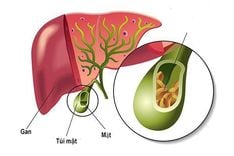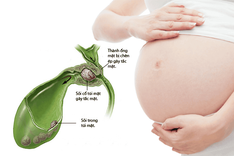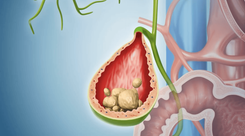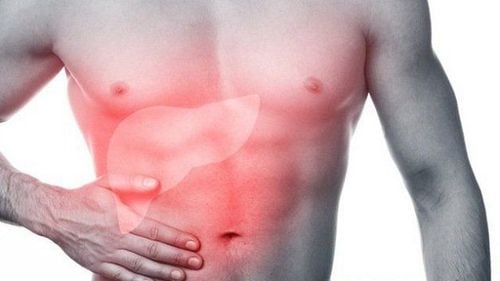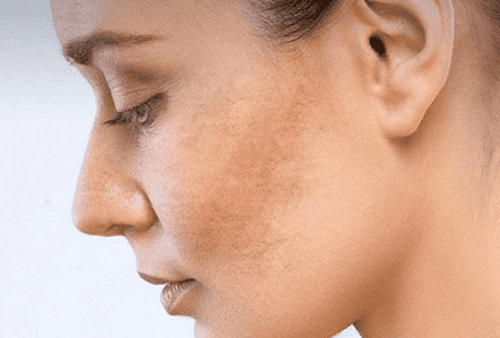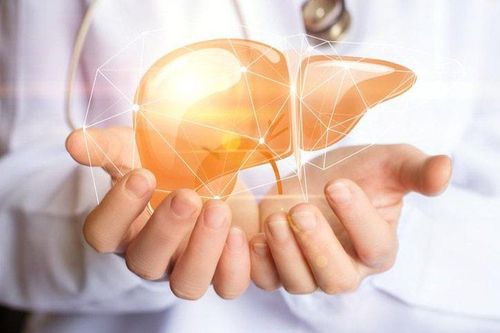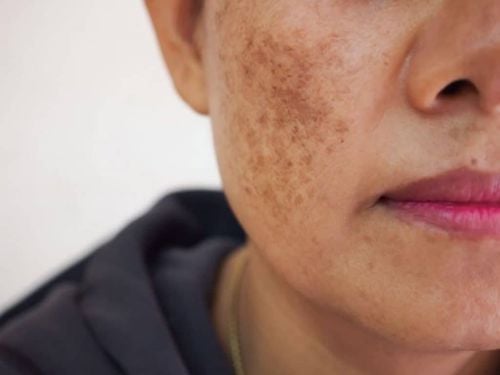The liver, weighing about 1.5 kg, plays a vital role in the body and is often referred to as the "chemical factory." Any liver disease can significantly impact a person's health. One of the skin manifestations associated with liver conditions, such as cirrhosis, is skin darkening. Let's explore this topic further.
1. What is Cirrhosis?
- The liver performs several essential functions, including synthesizing proteins and cholesterol, purifying the blood by removing toxins, storing vitamins A, D, K, etc, and producing bile to aid in digestion, and maintaining blood glucose levels.
- Cirrhosis is a result of long-term damage to liver cells. Over time, the liver tissue becomes fibrous, leading to the formation of fibrous bands that disrupt circulation within the liver. As a result, liver cells cannot recover, and liver function declines.
2. Skin manifestations in Cirrhosis
The liver has a great ability to compensate for damage; hence, in the early stages of cirrhosis, there may be no specific symptoms, making detection difficult and often confusing with other diseases. Key signs not to overlook include:
2.1. Jaundice in Cirrhosis
- Jaundice is a common sign of liver disease but does not usually appear until the disease has progressed to a more severe stage.
- The skin turns yellow due to the abnormal metabolism of bilirubin. Bilirubin is a yellow pigment formed from the breakdown of red blood cells. Under normal circumstances, it is processed by the liver and excreted through feces and urine. When liver function is impaired, bilirubin accumulates in the body, leading to jaundice.
- Jaundice in cirrhosis is often accompanied by yellowing of the eyes, particularly when it is severe. It may be hard to detect in individuals with naturally yellow skin, as is common in some Asian populations. Notably, around 80% of people with liver disease may not show jaundice at all.
- Conditions commonly associated with jaundice include cirrhosis, viral hepatitis, and liver cancer.
- Yellowing of the nails and eyes can indicate serious liver damage.
2.2. Skin darkening in Cirrhosis
- Skin darkening in cirrhosis results from an increased abundance of skin pigments, leading to a darker or grayish appearance.
- Poor liver function can also affect the endocrine system, resulting in skin issues like acne and melasma.
- Melanin metabolism disorder can cause dark circles under the eyes to become more pronounced.
- Skin darkening can occur when hepatitis progresses to cirrhosis.
2.3. Itchy skin due to Cirrhosis
- The liver plays a crucial role in detoxifying the body. When liver function declines, toxins accumulate due to an unhealthy lifestyle and diet, leading to itchy skin.
- Itchy skin due to cirrhosis can occur in various areas, but it is often more pronounced on the palms of the hands and soles of the feet. Itching in hot weather can be accompanied by hives, roughness, or widespread redness of the skin. The itching may be more intense at night.
- Often itching due to liver disease will not reduce even with anti-allergy medications.
- Consult a dermatologist to rule out other causes of itchy skin, such as allergies, skin diseases, contact dermatitis, insect bites, etc.
2.4. Palmar erythema
- When the palms of the hands become erythematous, or turn red, especially the thumbs.
- This sign is commonly observed in patients with acute hepatitis, chronic hepatitis, and cirrhosis.
2.5. Vascular stars on skin
- Vascular stars are red areas on the skin that resemble spider webs and vary in size. They often appear on the face, neck, chest, and other areas.
- This condition is frequently seen in individuals with hepatitis. If the condition improves, the vascular stars may disappear.
- Around 80% of people who present with vascular stars later find that their liver function is compromised.
2.6. Dark lips
- When the lips appear darker than usual, it may indicate liver function problems and decreased detoxification. Accumulated toxins in the body can affect hormones, and poor blood circulation may lead to this darkening of the lips.
3. Diagnosis of Liver Disease
To diagnose liver disease, it is essential to determine the presence of hepatocyte failure syndrome and portal hypertension syndrome through:
- Medical history
- Clinical symptoms
- Paraclinical symptoms: Particularly liver function indicators, bilirubin concentration, and bile salts
In the early stages of cirrhosis, symptoms are often not apparent. When the disease is identified at a more advanced stage, treatment becomes significantly more challenging. It is advisable to monitor any unusual signs on your skin and proactively undergo necessary tests to safeguard your liver health.
To arrange an appointment, please call HOTLINE or make your reservation directly HERE. You may also download the MyVinmec app to schedule appointments faster and manage your reservations more conveniently.
